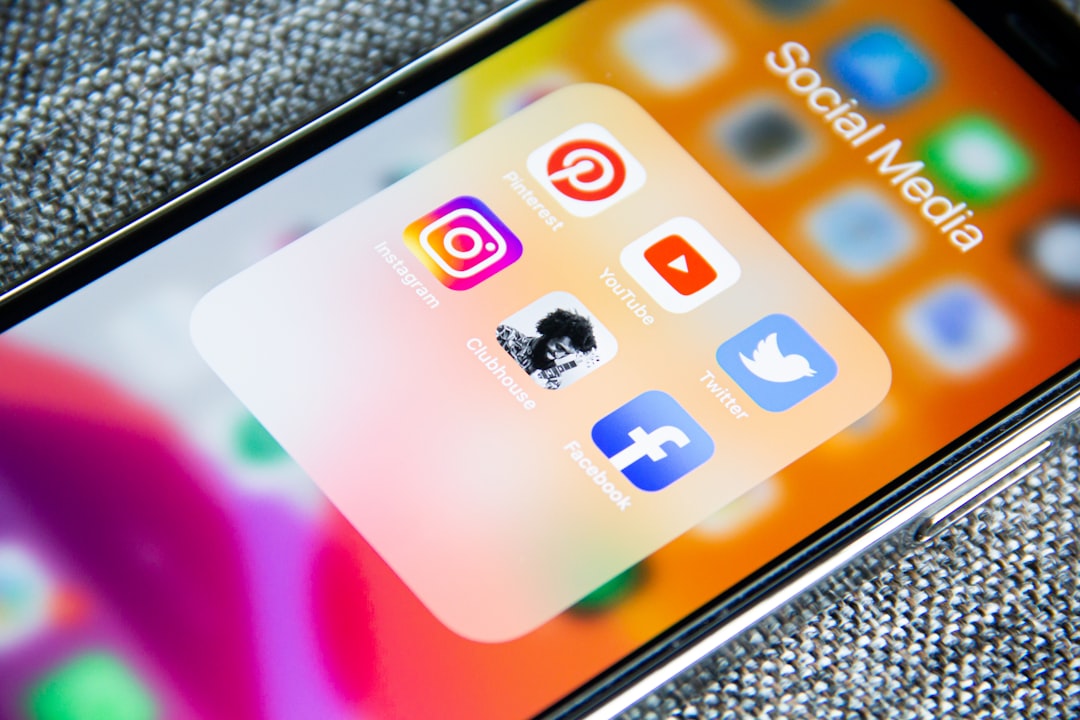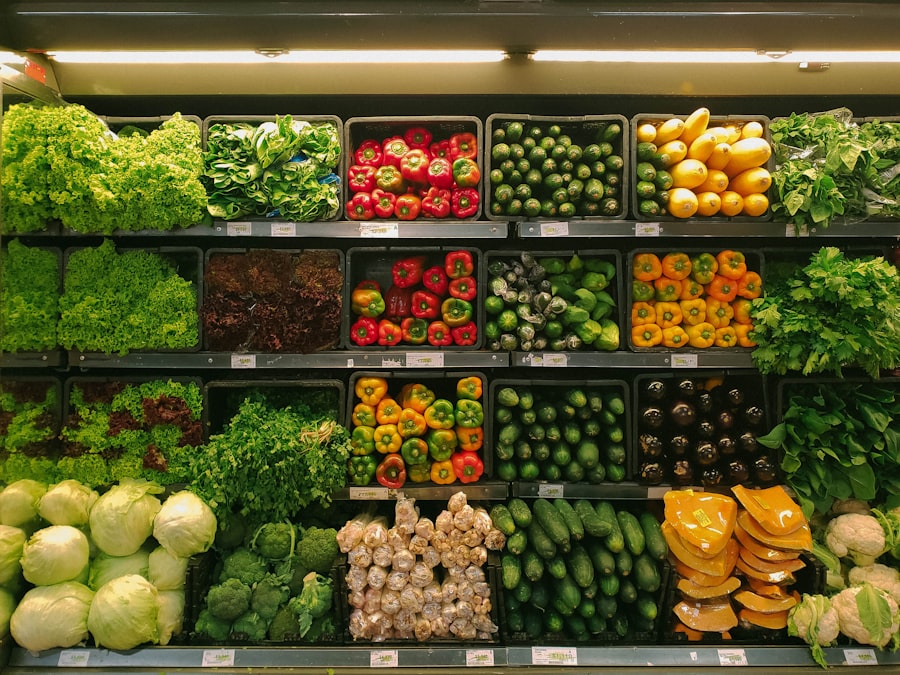In the vibrant world of music festivals, marketing campaigns play a pivotal role in shaping the experience and perception of these events. As the competition among festivals intensifies, organizers are compelled to innovate and adapt their marketing strategies to capture the attention of potential attendees. The essence of a successful music festival marketing campaign lies in its ability to resonate with the target audience, creating a sense of excitement and anticipation that drives ticket sales.
This involves a multifaceted approach that encompasses branding, social media engagement, influencer partnerships, and experiential marketing, all tailored to reflect the unique identity of the festival. The challenge is not merely to sell tickets but to cultivate a community around the festival, fostering loyalty and enthusiasm that extends beyond the event itself. As we delve into the intricacies of music festival marketing campaigns, it becomes evident that each festival adopts a distinct approach that aligns with its brand ethos and audience demographics.
From the glitzy allure of Coachella to the grassroots charm of Bonnaroo, these campaigns are as diverse as the music they celebrate. The rise of digital platforms has transformed how festivals connect with fans, allowing for real-time engagement and the sharing of experiences that amplify the festival’s reach. In this article, we will explore several prominent music festivals, examining their unique marketing strategies and the lessons they offer for future endeavors in this dynamic industry.
Key Takeaways
- Music festival marketing campaigns play a crucial role in attracting attendees and creating a unique brand identity.
- Coachella’s success in branding and influencer marketing has set a benchmark for other festivals to follow.
- Glastonbury has effectively utilized social media and user-generated content to engage with its audience and create a sense of community.
- Tomorrowland has mastered the art of creating FOMO (fear of missing out) and experiential marketing to drive ticket sales and engagement.
- Lollapalooza’s strategic use of sponsorships and partnerships has helped in expanding its reach and enhancing the overall festival experience.
- Electric Daisy Carnival (EDC) has harnessed the power of community and fan engagement to create a loyal and dedicated fan base.
- Bonnaroo’s incorporation of sustainability and environmental initiatives into its marketing campaigns has helped in promoting a positive brand image and attracting like-minded attendees.
Coachella: A Case Study in Branding and Influencer Marketing
Coachella stands as a paragon of effective branding and influencer marketing within the music festival landscape. The festival has cultivated an image synonymous with luxury, exclusivity, and cutting-edge music, drawing in a diverse crowd that includes celebrities, fashion icons, and music aficionados. This carefully curated brand identity is reinforced through strategic partnerships with high-profile influencers who not only attend the festival but also share their experiences across various social media platforms.
By leveraging the reach of these influencers, Coachella amplifies its visibility and creates a buzz that resonates far beyond its immediate audience. The festival’s marketing campaigns often feature visually stunning content that captures the essence of the event, showcasing not just the music but also the fashion, art installations, and overall atmosphere that make Coachella a cultural phenomenon. Moreover, Coachella’s branding extends beyond the festival grounds through its merchandise and collaborations with renowned fashion brands.
The festival has successfully positioned itself as a trendsetter in both music and fashion, with attendees often using their festival experience as an opportunity to showcase their personal style. This interplay between music and fashion has created a unique cultural moment that further enhances Coachella’s allure. The festival’s marketing strategy is not merely about selling tickets; it is about crafting an aspirational lifestyle that attendees yearn to be part of.
By fostering a sense of belonging and exclusivity, Coachella has established itself as a must-attend event on the global music calendar.
Glastonbury: Utilizing Social Media and User-Generated Content

Glastonbury Festival has mastered the art of utilizing social media and user-generated content to engage its audience and enhance its marketing efforts. With a rich history dating back to 1970, Glastonbury has evolved into one of the most iconic music festivals in the world, attracting hundreds of thousands of attendees each year. The festival’s marketing strategy heavily relies on social media platforms like Instagram, Twitter, and Facebook to create a dialogue with fans before, during, and after the event.
By encouraging attendees to share their experiences through hashtags and tagging the festival’s official accounts, Glastonbury effectively harnesses user-generated content to amplify its reach and create a sense of community among festival-goers. The power of user-generated content lies in its authenticity; fans are more likely to trust the experiences shared by their peers than traditional advertising methods. Glastonbury capitalizes on this by curating and showcasing fan-generated content on its official channels, creating a vibrant tapestry of experiences that reflect the festival’s diverse audience.
This approach not only fosters engagement but also builds anticipation for future events as fans reminisce about their unforgettable moments at Glastonbury. Additionally, the festival’s commitment to social issues and environmental sustainability resonates with its audience, further enhancing its brand image and encouraging fans to become advocates for the festival’s values.
Tomorrowland: Creating FOMO and Experiential Marketing
Tomorrowland is renowned for its ability to create an overwhelming sense of FOMO (fear of missing out) through its immersive experiential marketing strategies. The festival transforms its grounds into a fantastical world filled with elaborate stages, stunning visuals, and interactive installations that transport attendees into a different realm. This commitment to creating an unparalleled experience is at the heart of Tomorrowland’s marketing campaigns, which emphasize not just the music but also the overall atmosphere and sense of wonder that permeates the event.
By showcasing these elements through high-quality video content and captivating imagery on social media platforms, Tomorrowland effectively generates excitement and anticipation among potential attendees. Moreover, Tomorrowland’s marketing strategy extends beyond the physical event itself; it creates a narrative that invites fans into its world year-round. The festival releases aftermovies that encapsulate the magic of each edition, allowing fans to relive their experiences while enticing newcomers to join in on the adventure.
This storytelling approach fosters a deep emotional connection with the brand, making it more than just a music festival but rather a lifestyle choice for many fans. By continuously engaging with its audience through innovative content and experiential marketing initiatives, Tomorrowland successfully cultivates a loyal fan base eager to return year after year.
Lollapalooza: Leveraging Sponsorships and Partnerships
Lollapalooza has effectively leveraged sponsorships and partnerships as integral components of its marketing strategy, creating a symbiotic relationship between brands and festival-goers. The festival attracts major corporate sponsors who seek to connect with Lollapalooza’s diverse audience through experiential activations that enhance the overall festival experience. These partnerships often manifest in interactive booths, branded lounges, and unique experiences that allow attendees to engage with sponsor products in meaningful ways.
By aligning itself with reputable brands that resonate with its audience, Lollapalooza not only enhances its own brand image but also provides added value to attendees who benefit from these curated experiences. Additionally, Lollapalooza’s strategic partnerships extend beyond corporate sponsorships; collaborations with local businesses and artists further enrich the festival’s offerings. By showcasing local food vendors, artisans, and musicians, Lollapalooza fosters a sense of community while promoting regional culture.
This approach not only enhances the festival experience but also strengthens relationships with local stakeholders who play a vital role in its success. Through these multifaceted partnerships, Lollapalooza creates an inclusive environment that celebrates diversity while simultaneously driving ticket sales and brand loyalty.
Electric Daisy Carnival (EDC): Harnessing the Power of Community and Fan Engagement

The Electric Daisy Carnival (EDC) exemplifies how harnessing community power can elevate a music festival’s marketing efforts. EDC has cultivated a passionate fan base known as “Headliners,” who are deeply invested in the festival’s culture and values. This sense of community is fostered through various initiatives that encourage fan engagement both online and offline.
EDC actively involves its audience in decision-making processes by soliciting feedback on lineups, themes, and even merchandise designs. This participatory approach not only empowers fans but also strengthens their emotional connection to the festival. Moreover, EDC’s marketing campaigns often highlight personal stories from attendees, showcasing how the festival has impacted their lives positively.
By sharing these narratives through social media platforms and promotional materials, EDC creates an inclusive atmosphere where fans feel valued and heard. This emphasis on community extends beyond just ticket sales; it cultivates loyalty among attendees who view EDC as more than just an event but as a shared experience that fosters friendships and connections. Through this focus on community engagement, EDC has successfully built a brand that resonates deeply with its audience while driving ticket sales year after year.
Bonnaroo: Incorporating Sustainability and Environmental Initiatives into Marketing Campaigns
Bonnaroo stands out in the music festival landscape for its commitment to sustainability and environmental initiatives within its marketing campaigns. As awareness of climate change grows among consumers, Bonnaroo has positioned itself as a leader in eco-friendly practices by implementing various initiatives aimed at reducing its environmental footprint. From promoting recycling programs to encouraging carpooling among attendees, Bonnaroo actively engages its audience in sustainability efforts while raising awareness about environmental issues.
This commitment resonates particularly well with younger generations who prioritize sustainability when making purchasing decisions. Incorporating sustainability into marketing campaigns not only enhances Bonnaroo’s brand image but also attracts environmentally conscious attendees who align with its values. The festival often highlights its green initiatives through social media campaigns that showcase behind-the-scenes efforts to minimize waste and promote eco-friendly practices.
By transparently communicating these initiatives to its audience, Bonnaroo fosters trust and loyalty among fans who appreciate its dedication to making a positive impact on both the music industry and the planet. Ultimately, Bonnaroo’s focus on sustainability serves as a powerful marketing tool that differentiates it from other festivals while contributing to a greater cause. In conclusion, music festival marketing campaigns are multifaceted endeavors that require creativity, strategic thinking, and an understanding of audience dynamics.
Each festival offers unique insights into effective marketing strategies that resonate with attendees while fostering community engagement and brand loyalty. As festivals continue to evolve in response to changing consumer preferences and technological advancements, these case studies provide valuable lessons for future endeavors in this dynamic industry.
FAQs
What are music festival marketing campaigns?
Music festival marketing campaigns are promotional strategies and activities designed to attract attendees to a music festival. These campaigns often include a mix of online and offline marketing tactics to reach and engage with the target audience.
What are some successful music festival marketing campaigns?
Some successful music festival marketing campaigns include Coachella’s use of social media influencers and exclusive content, Glastonbury’s focus on sustainability and community engagement, and Lollapalooza’s strategic partnerships with brands and sponsors.
How do music festivals use social media in their marketing campaigns?
Music festivals use social media platforms such as Instagram, Facebook, Twitter, and TikTok to promote lineup announcements, ticket sales, and behind-the-scenes content. They also leverage user-generated content and influencer partnerships to create buzz and engage with their audience.
What role do partnerships and sponsorships play in music festival marketing campaigns?
Partnerships and sponsorships are crucial for music festival marketing campaigns as they provide additional resources, funding, and promotional support. Festivals often collaborate with brands, media outlets, and local businesses to expand their reach and offer unique experiences to attendees.
How do music festivals engage with their audience through marketing campaigns?
Music festivals engage with their audience through marketing campaigns by creating interactive experiences, offering exclusive content, and encouraging user participation. They also utilize email marketing, contests, and loyalty programs to build and maintain a strong connection with their fans.



























